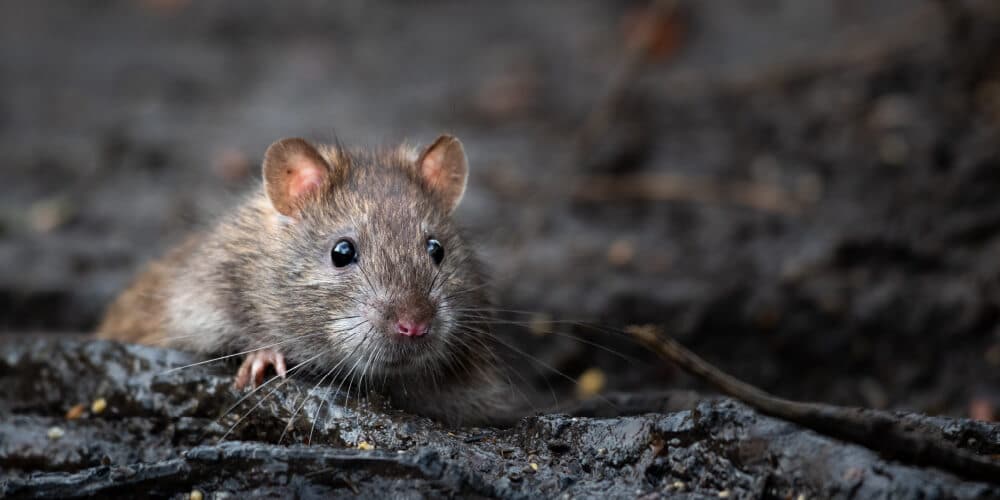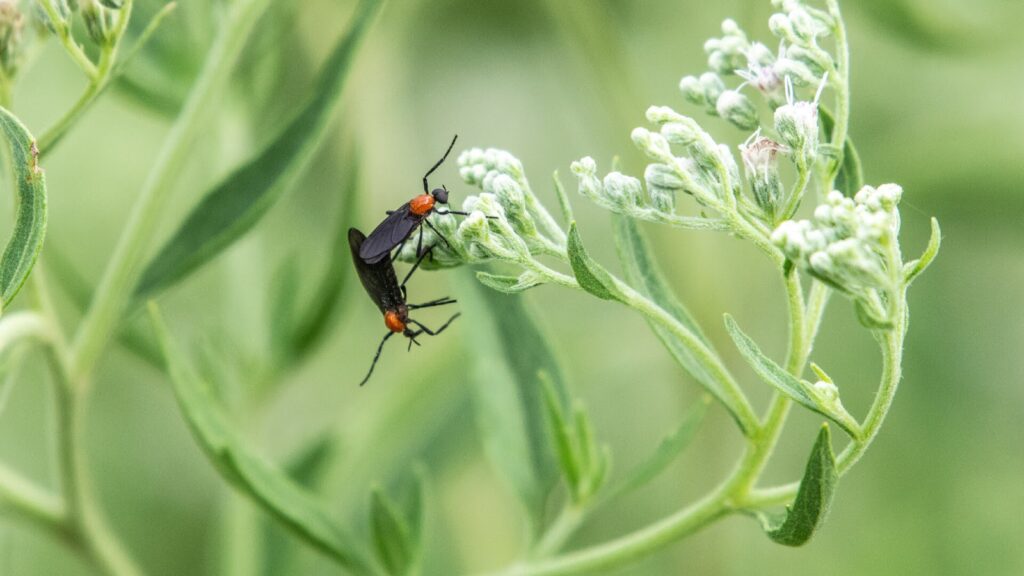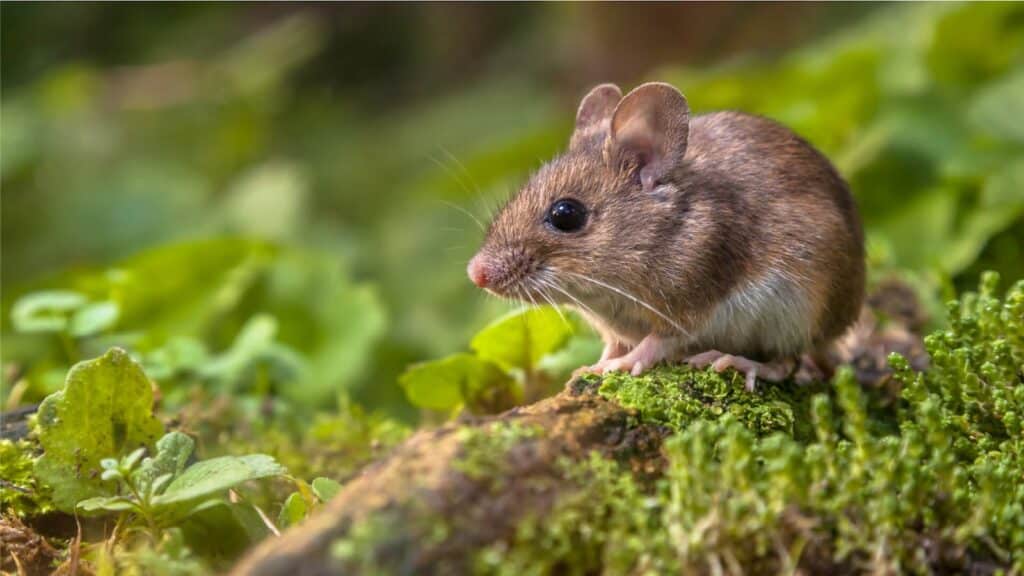In the corners of homes and urban landscapes, rats lurk as stealthy intruders, capable of causing damage and spreading disease. Recognizing the signs of a rat infestation and understanding effective control measures are crucial for maintaining a more pest protected home. This guide will delve into the identification of rats, explore various types of rats, unravel their behaviors, highlight signs of infestations, discuss methods for rat control and trapping, and provide insights into limiting rat infestations.
Identifying Rats
Physical Characteristics
Rats are medium to large-sized rodents with distinct physical characteristics. They typically have long tails, pointed snouts, and sharp, continuously growing incisor teeth.
Fur Color and Markings
The common rat species, such as Norway rats and roof rats, can be distinguished by their fur color and markings. Norway rats often have brownish fur, while roof rats may have darker, sleeker coats. These variations aid in identifying specific rat species.
Types of Rats
Norway Rats

Norway rats, also known as brown rats, are larger and more robust. They have small eyes and ears, and their tails are shorter than their bodies. Norway rats are adept burrowers, often creating extensive tunnel systems.
Roof Rats

Roof rats, also referred to as black rats, are sleeker and more agile than Norway rats. They have larger ears, a pointed snout, and a tail longer than their bodies. Roof rats are skilled climbers, often found in elevated areas.
Other Rat Species
In addition to the common Norway and roof rats, various other rat species may inhabit specific regions. Identifying the specific rat species is essential for tailoring control strategies to the characteristics and behaviors of each.
Rat Behavior
Nocturnal Habits
Rats are primarily nocturnal creatures, meaning they are most active during the night. This behavior allows them to navigate and forage for food with reduced risk of encountering predators.
Omnivorous Diet
Rats are opportunistic eaters with an omnivorous diet. They consume a wide range of foods, including grains, fruits, vegetables, and even meats. This adaptability contributes to their successful survival in various environments.
Rapid Reproduction
Rats are prolific breeders, with females capable of producing several litters of pups each year. The rapid reproduction cycle can lead to exponential population growth if not addressed promptly.
Signs of Rat Infestations
Droppings
Rat droppings are a clear indicator of their presence. Norway rat droppings are larger and darker, while roof rat droppings are smaller and pointed. Frequent sightings of fresh droppings indicate an active infestation.
Gnaw Marks
Rats have a constant need to gnaw to keep their incisor teeth from growing too long. Gnaw marks on wires, wood, and other materials are indicative of rat activity.
Nests
Rats construct nests using materials like shredded paper, fabric, and plant matter. Finding nests in hidden or dark spaces is a sign of a growing rat population.
How to Control Rats with Traps
Snap Traps
Snap traps are traditional and effective tools for trapping rats. Proper placement and baiting are essential for their success. These traps should be set in areas frequented by rats.
Glue Traps
Glue traps are sticky surfaces that capture rats when they walk over them. They are effective for smaller infestations and should be strategically placed along known rat pathways.
Live Traps
Live traps are humane alternatives that capture rats alive. These traps allow for relocation, but it’s crucial to check them regularly to prevent unnecessary distress to captured rats.
Where to Place Rat Traps
Entry and Exit Points
Placing traps near entry and exit points, such as rat holes or known pathways, increases the likelihood of successful captures.
Along Walls
Rats tend to travel along walls to avoid open spaces. Placing traps along walls enhances their effectiveness.
In Dark or Hidden Spaces
Rats prefer dark and hidden spaces, so traps in these areas can be particularly effective. Common hiding spots include attics, basements, and crawl spaces.
How to Limit Rat Infestations
Seal Entry Points
Rats can squeeze through surprisingly small openings. Seal any gaps or cracks in walls, doors, and windows to prevent their entry into buildings.
Proper Food Storage
Store food in airtight containers and avoid leaving pet food exposed. Rats are attracted to accessible food sources.
Regular Cleaning
Maintain a clean space by regularly cleaning and decluttering. Eliminate potential nesting materials and food sources to discourage rat infestations.
Outdoor Maintenance
Keep the outdoor area well-maintained by trimming vegetation away from buildings and removing potential hiding spots. Regularly inspect and repair any damaged structures.
Call a Professional
Professional pest control for rats is essential to maintain a balanced living environment. Rats reproduce swiftly and can quickly become a bothersome presence. Seeking the expertise of professional services like Aptive leads to an effective approach to managing rat infestations. Their skilled technicians provide effective strategies to control and manage rat populations, reducing their impact and limiting future occurrences. Prioritize a more comfortable home by partnering with Aptive for expert guidance and tailored solutions in handling rat-related issues.









